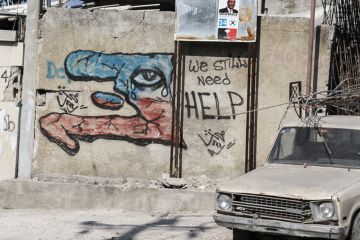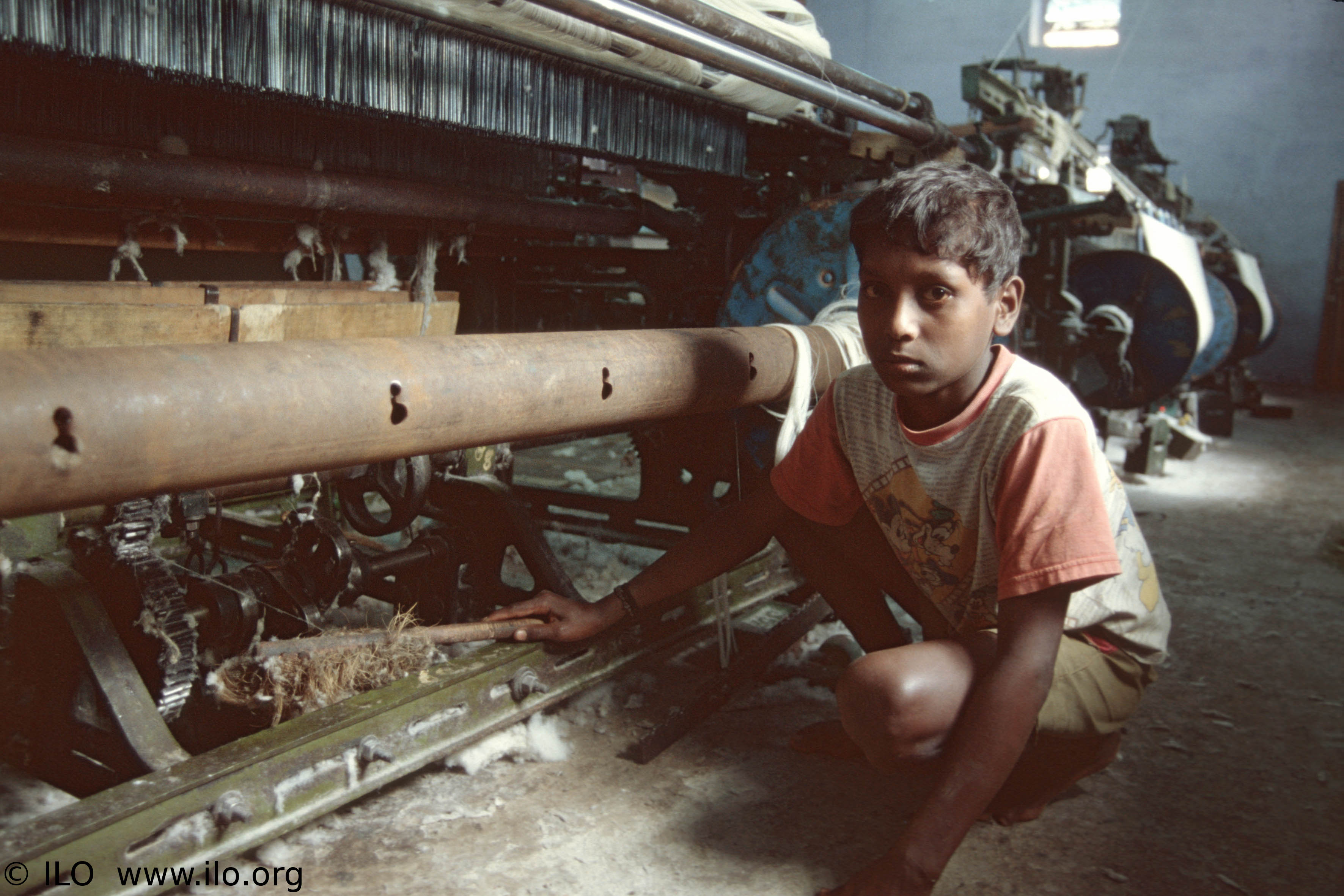At the beginning of October, 17-year-old Malala Yousafzai became the youngest person ever to win a Nobel Peace Prize. She is the first person to receive the Children’s Prize for the Rights of the Child and the Nobel Peace Prize in the same year. Yousafzai, a children’s rights activist and journalist, became famous in October 2012 when the Taliban shot her in the head on a school bus ride home. Prior to this, she had been keeping a blog since the age of 11, writing about her love for education and the Taliban’s repression. At a recent impromptu speech on October 10, in Birmingham, England, after the award was announced, Yousafzai recalls that, “I really had two options… One was to not speak and wait to be killed. And the second was to speak up and then be killed.”
The Nobel Peace Prize was created in 1901 and has been awarded annually ever since. The award is given by the Norwegian Nobel Committee, and is one of the five Nobel Foundation prizes. The other four awards are in the fields of physics, chemistry, physiology or medicine, and literature. A total of 101 individuals and 24 organisations have received the Peace Prize. According to the official Peace Prize website, it has been called “the world’s most prestigious” award.
Alfred Nobel is responsible for creating the Nobel Prizes. When he died in 1896, his will revealed that he would divide his fortune, one of the world’s largest fortunes, to “those who… shall have conferred the greatest benefit on mankind”, as stated by the official Nobel Peace Prize website. The Peace Prize in particular would go to the person creating peace and fraternity between nations.

The Norwegian Nobel Committee receives more than 250 nominations each year suggesting candidates for the prize. From this, they create a short list of 20-30. The Committee then comes to a consensus on their last meeting before the prize is awarded, and the formal annual awards ceremony takes place on December 10. A candidate can only be nominated by a qualified individual, one who satisfies certain criteria from a set list, and cannot nominate his or herself. For example, the closest type of qualified individual to university students would be a university professor of social sciences, history, philosophy, or law and theology.
The Nobel Peace Prize certainly achieves its purpose of annually awarding a prize to those who have brought a great “benefit to mankind.” The especially recent award to Yousafzai inspires all individuals, especially young, to know that they can have a profound impact on humanity. In fact, this year’s recipient will donate $50,000 of the money that she was awarded from the World’s Children Prize in order to rebuild a United Nations School in Gaza, evidence that the prizes are only going to propel her future humanitarian efforts.
The first ever Nobel Peace Prize was awarded jointly to the founder of the International Committee of the Red Cross, Henri Dunant, and peace activist, Frederic Passy. This committee, as stated on its official website, is dedicated to responding “quickly and efficiently to people affected by armed conflict,” continues to save the lives of millions each year.
However, the Nobel Peace Prize has its downsides. The main limitation of the Prize lays in the fact that only one individual can receive it, once a year. This year alone, 276 other candidates were nominated, and we will not even know who these nominees are. Due to the 50 year secrecy rule, the remaining nominees will not be known until 50 years from now. Therefore, international recognition will only be awarded to the one (or in this year’s case, two) selected winner.
Some argue that the Prize failed when it never awarded Mahatma Gandhi, one of the twentieth century’s symbols of non-violence, despite his being nominated several times. The one-person Prize also neglected to award hundreds of other worthy nominees, such as Ethiopia’s Haile Selassie, Britain’s Neville Chamberlain, Germany’s Konrad Adenauer, and Argentina’s Eva Peron, to name a few.
The joint-winner of the 2014 Nobel Peace Prize’s, Kailash Satyarthi, is also proving instrumental in children’s rights movements. As he said to Asian News International on October 10, “it is not just an honour for me, it is an honour for all those who were fighting against child labour globally… it is not only me who could be credited for this prize, it is for everyone who is fighting against child slavery in the world.” In other words, behind every Nobel Peace Prize winner are hundreds of other nominees providing great benefits to mankind, and millions of other individuals, whose names we may never know, fighting for the same causes.




